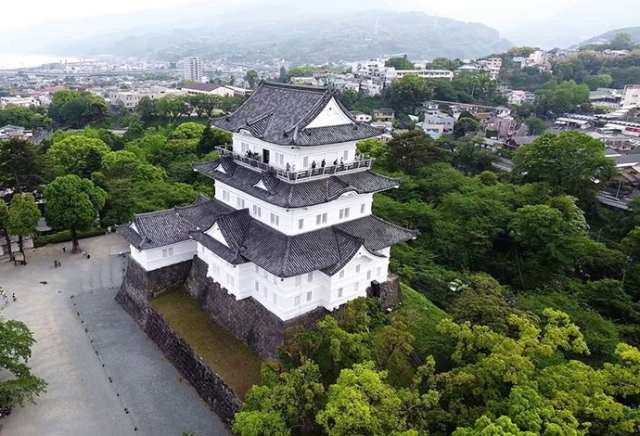
Odawara Castle, located in the city of Odawara, Kanagawa Prefecture, Japan, is a reconstructed historical site with roots dating back to the Kamakura period (1185–1333). The current donjon (main keep) was rebuilt using reinforced concrete in 1960 on the stone foundation of the original structure, which was dismantled between 1870 and 1872 during the Meiji Restoration.
Odawara Castle has a long history, serving as a strategic stronghold during the Sengoku period. Initially fortified by the Doi clan in the Kamakura period, it later became the seat of power for the Odawara Hojo clan in 1495, after Ise Moritoki seized it from the Omori clan. Under the Hojo, the castle underwent significant expansion, transforming into a formidable fortress that withstood sieges from Uesugi Kenshin in 1561 and Takeda Shingen in 1569. In 1587, the Hojo further strengthened the castle in anticipation of conflict with Toyotomi Hideyoshi. However, during the Battle of Odawara in 1590, Hideyoshi successfully forced the Hojo to surrender through a combination of a three-month siege and psychological tactics, without launching a direct assault. Following this victory, Hideyoshi awarded the castle and surrounding lands to Tokugawa Ieyasu.
Tokugawa Ieyasu handed control of Odawara Castle to his retainer Okubo Tadayo, who reconstructed the castle on a smaller scale. Over the years, the castle was passed to several clans, including the Abe and Inaba, before the Okubo clan returned in 1686. The castle suffered extensive damage during major earthquakes in 1703, 1782, and 1853, but was rebuilt multiple times, including a restoration of the donjon in 1706.
During the Boshin War in the late 19th century, the castle's lord, Okubo Tadanori, allowed Imperial forces to pass through the region without resistance. After the war, the Meiji government ordered the destruction of feudal fortifications, and Odawara Castle was dismantled between 1870 and 1872. In the following years, the site was repurposed for various uses, including a Shinto shrine, the Odawara Imperial Villa, and later, a public park.
In 1938, the castle ruins were designated a National Historic Site, and further preservation efforts led to the reconstruction of two yagura (watchtowers) in 1934. Over the decades, more structures, such as the Tokiwagi Gate (1971), the Akagane Gate (1997), and the Umadashi Gate (2009), were restored to reflect the castle’s Edo-period layout.
Today, Odawara Castle Park features the reconstructed donjon, an art museum, a local history museum, a zoo, and various recreational facilities. The donjon was remodeled between 2015 and 2016 to enhance earthquake resistance, with the city donating all reopening-day entry fees to support Kumamoto Castle’s repairs following the 2016 Kumamoto earthquakes. The castle remains a key cultural and historical landmark, listed among Japan's 100 Fine Castles in 2006.
See also
-
Iyo Matsuyama Castle
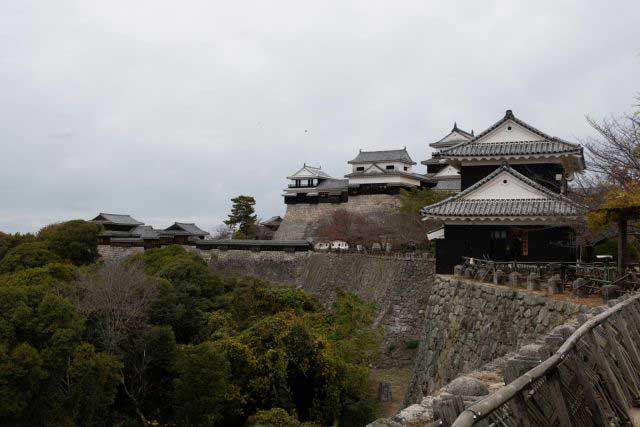
Historically, the center of Iyo Province—corresponding to today’s Ehime Prefecture on the island of Shikoku—was the city of Imabari, while the Matsuyama area was regarded as an agricultural hinterland with broad plains and low hills. During the Muromachi period, the central part of the province was governed by the Kano clan from Yuzuki Castle. With the onset of the Sengoku period, however, this clan lost its former influence and was forced to survive in the shadow of the more powerful Mori and Chōsokabe clans. After Toyotomi Hideyoshi’s forces conquered Shikoku in 1587, the northern part of Iyo Province was granted to Fukushima Masanori, one of the so-called “Seven Spears of Shizugatake.” In 1595, Masanori was transferred to Kiyosu Castle, and the lands around Matsuyama were given to another of the Seven Spears, Katō Yoshiaki, who received Masaki Castle and an income of 60,000 koku of rice.
-
Kanazawa Castle

Construction of Kanazawa Castle began in 1580 on the orders of Sakuma Morimasa, a vassal of Oda Nobunaga. The castle was built on the site of the Ikko-ikki sect's Oyama Gobo temple, which is why it is sometimes called Oyama Castle. Morimasa managed to build several moats and begin construction of a castle town. However, after his defeat at the Battle of Shizugatake in 1583, he was executed, and ownership of the castle passed to Maeda Toshiie (1538–1599).
-
Nakatsu Castle
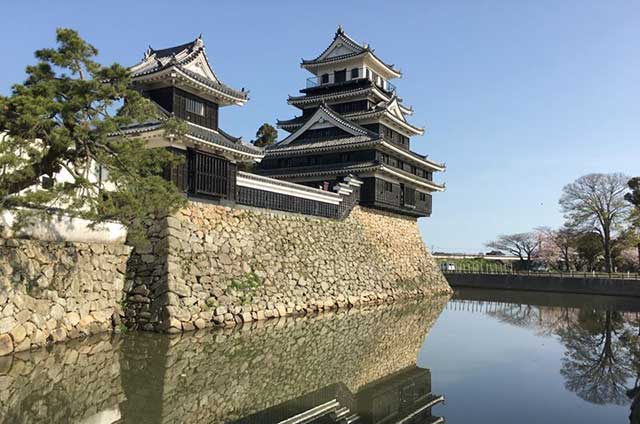
Kuroda Yoshitaka (1546–1604) was one of the closest advisors to the legendary military commander Toyotomi Hideyoshi. He took part in key military campaigns of the late 16th century, including the campaign against Shikoku in 1585 and the campaign against Kyushu in 1587. Later, during the second campaign in Korea, Yoshitaka served as chief advisor to the commander of the invasion forces, Kobayakawa Hideaki. After Hideyoshi's death, he swore allegiance to Tokugawa Ieyasu, thereby securing his influence and patronage under Japan's new leader.
-
Edo Castle
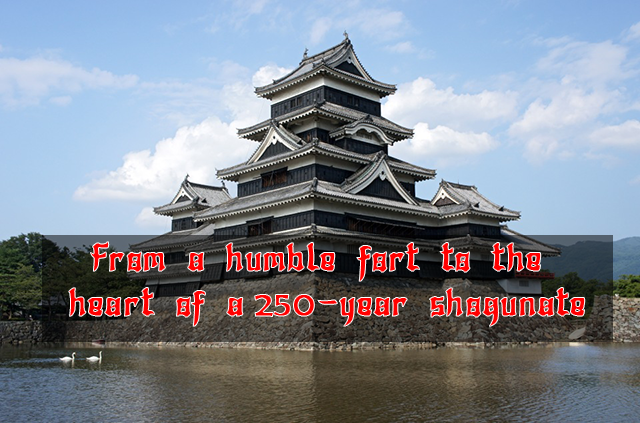
The history of Edo Castle dates back to the Heian period, when the Edo clan built a small fort on this site. In 1457, the vassal of the Uesugi clan, Ota Dokan (1432–1486), constructed a full-scale castle here. Internal conflicts weakened the Uesugi clan, and in 1524, Ota Dokan’s grandson, Ota Yasutaka, surrendered the castle without resistance to the forces of Hojo Soun, the ambitious leader of the Hojo clan. While Odawara Castle remained the clan's main stronghold, Edo was considered a key strategic fortress.
-
Samurai Museum Shinjuku
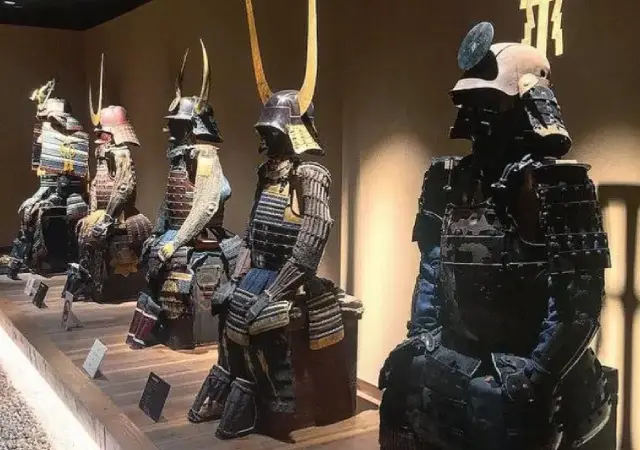
Situated in the vibrant district of Shinjuku, the museum showcases an extensive collection of samurai armor, weapons, and cultural artifacts spanning from the Kamakura to the Edo period. The exhibits aim to convey the samurai's unwavering commitment to honor and discipline, reflecting how their spirit continues to influence modern Japanese culture.
-
Anjo Castle
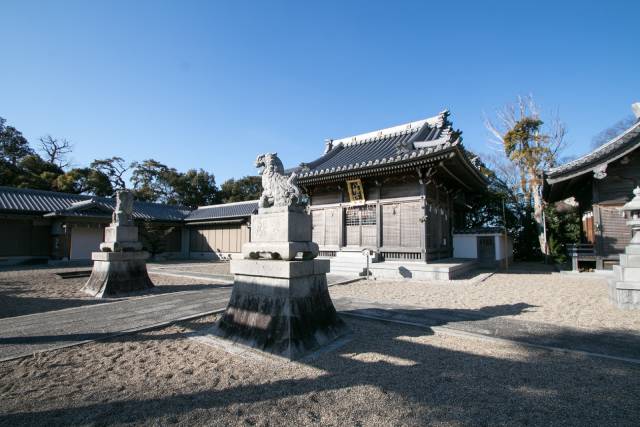
Anjo Castle was built on a slight elevation at the edge of the Hekikai Plateau, about 2 kilometers southeast of present-day central Anjo City in Aichi Prefecture. Today, the surrounding area thrives on large-scale agriculture and automotive manufacturing, utilizing the expansive flatlands and its proximity to the Nagoya region.
-
Numata Castle
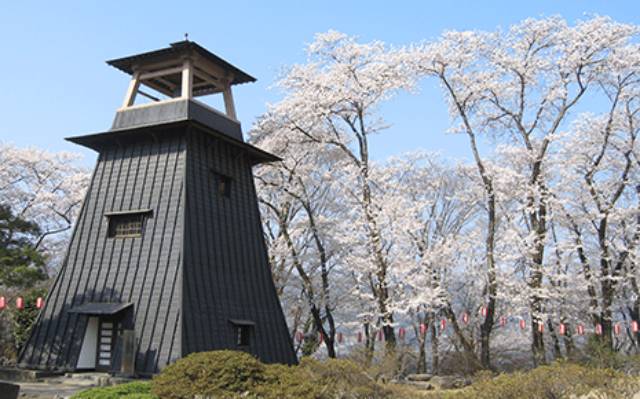
Numata Castle, located in Numata, northern Gunma Prefecture, Japan, has a rich and complex history. During the late Edo period, it served as the residence of the Toki clan, who ruled the Numata Domain. Over the centuries, the castle changed hands multiple times and was the site of significant battles during the Sengoku period.
-
Iwabitsu Castle
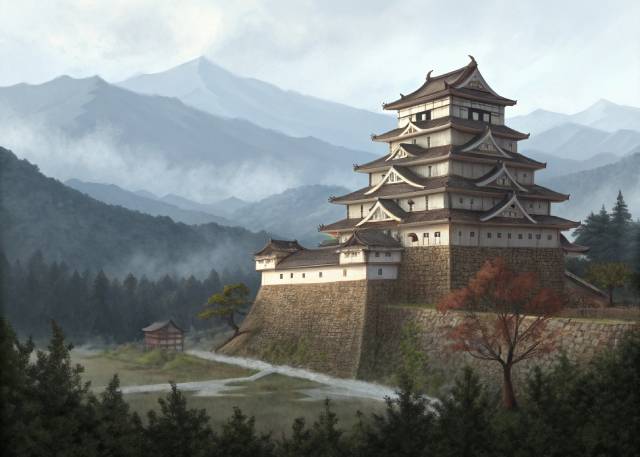
Iwabitsu Castle is a yamashiro-style (mountain) castle located atop Mount Iwabitsu in Higashiagatsuma, Gunma Prefecture, Japan. Recognized for its historical significance, its ruins have been protected as a National Historic Site since 2019.

